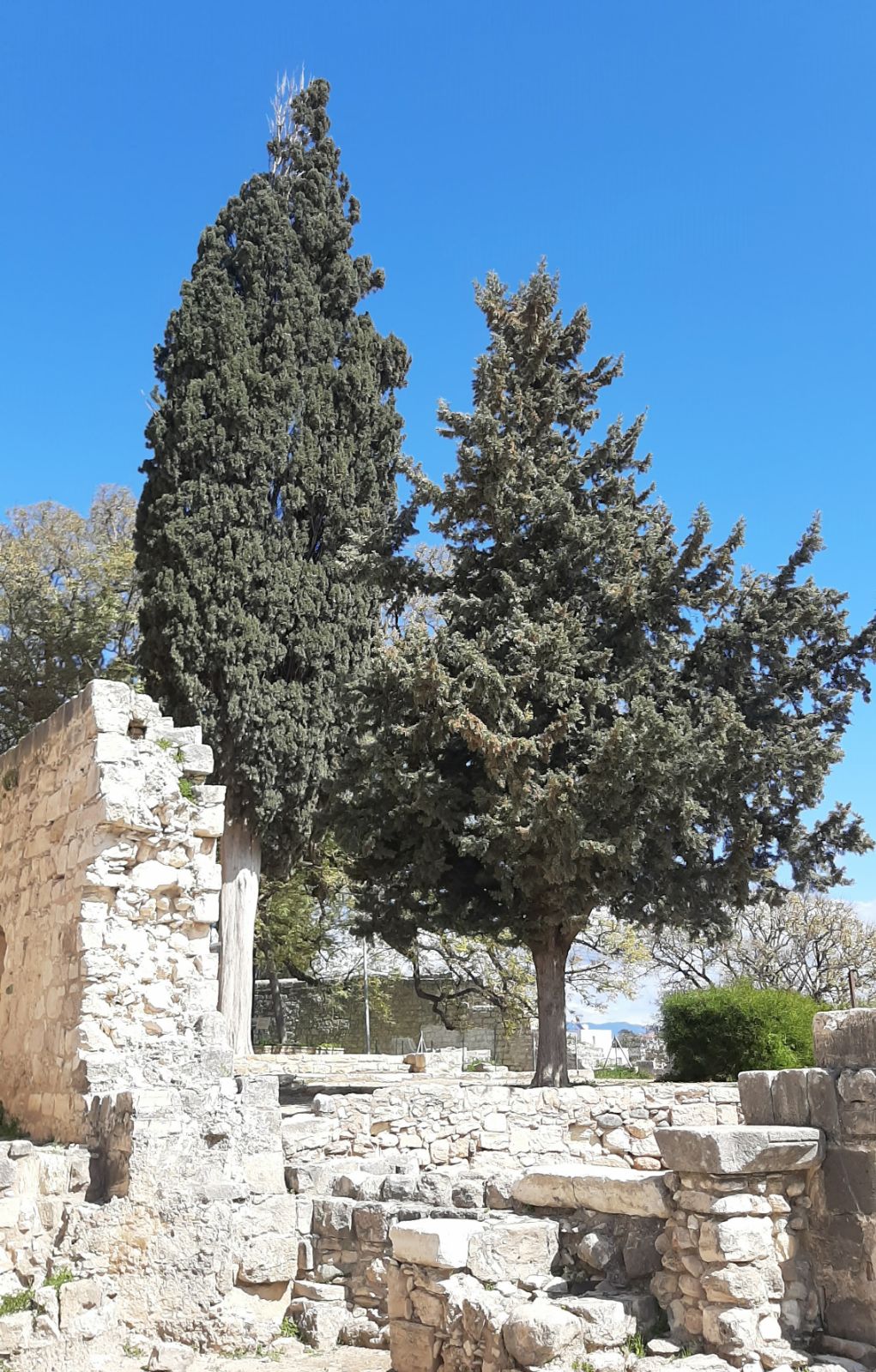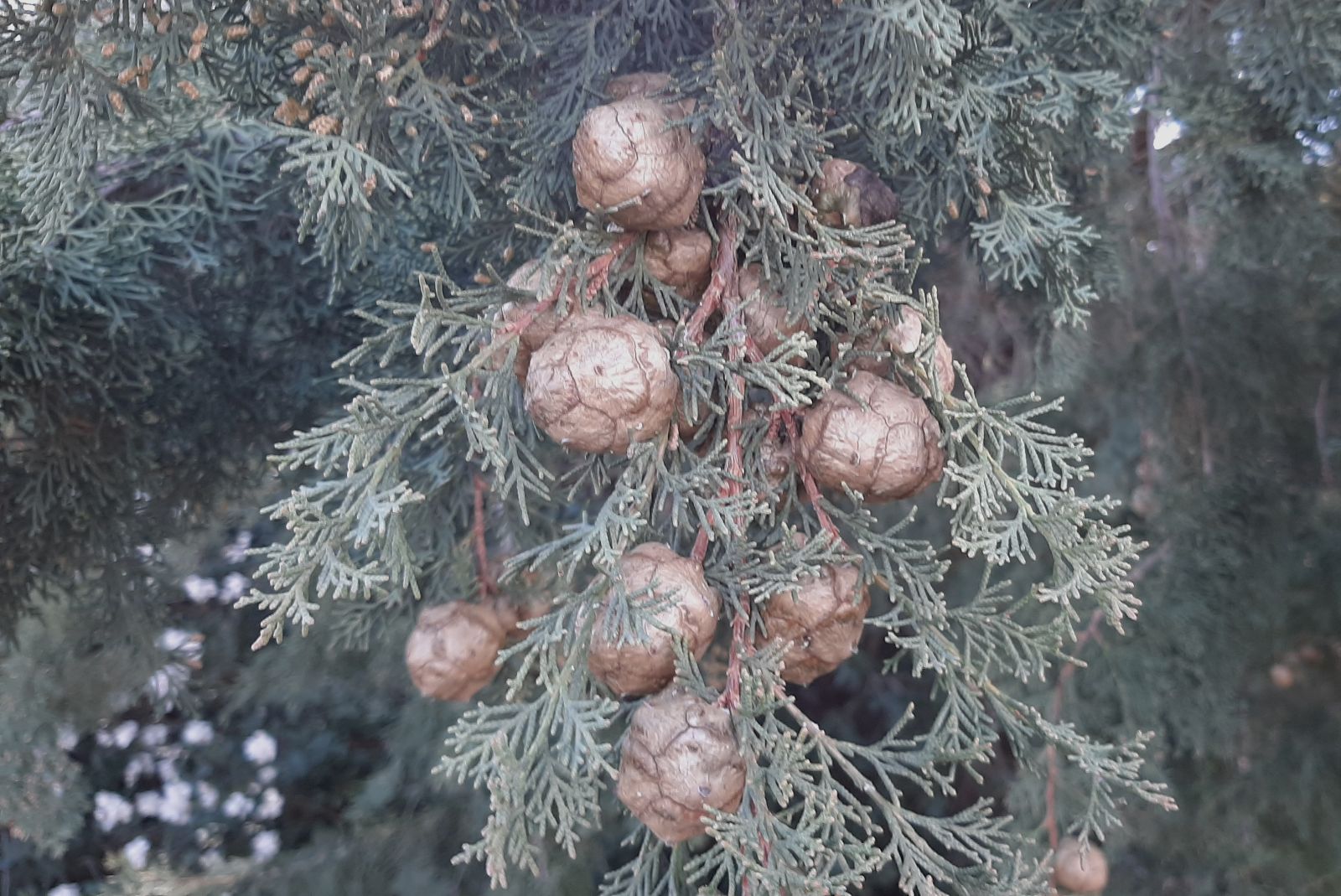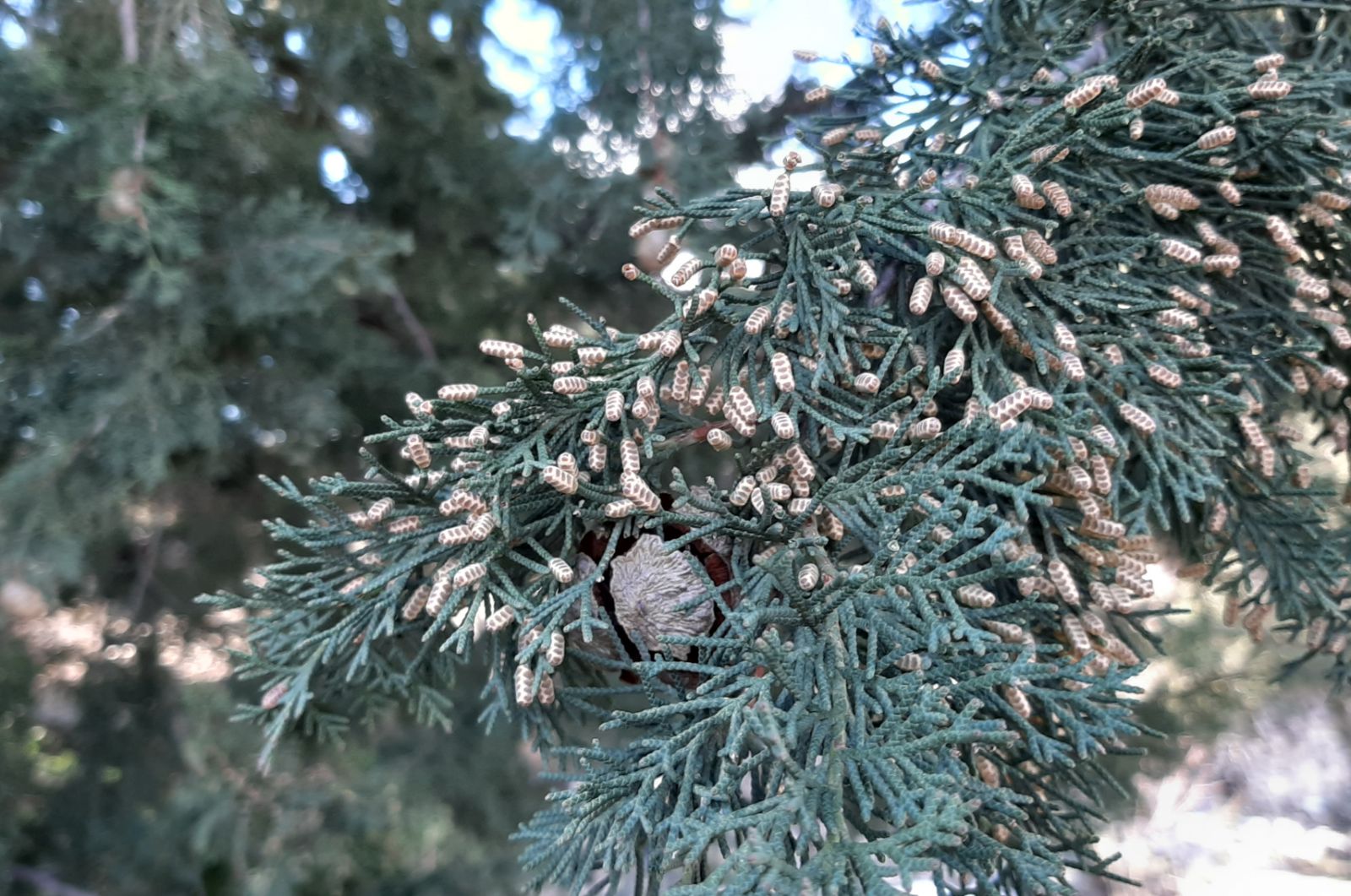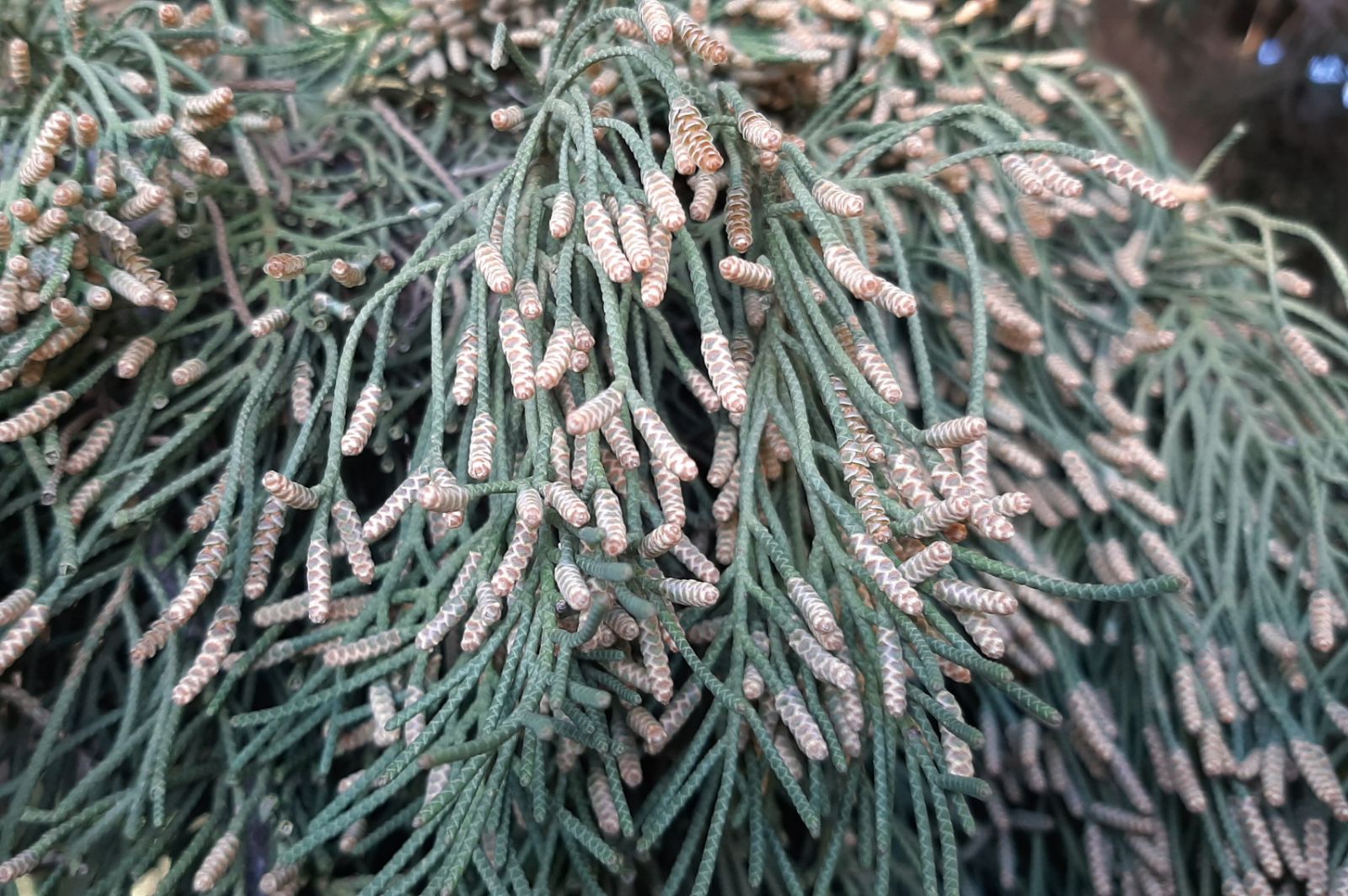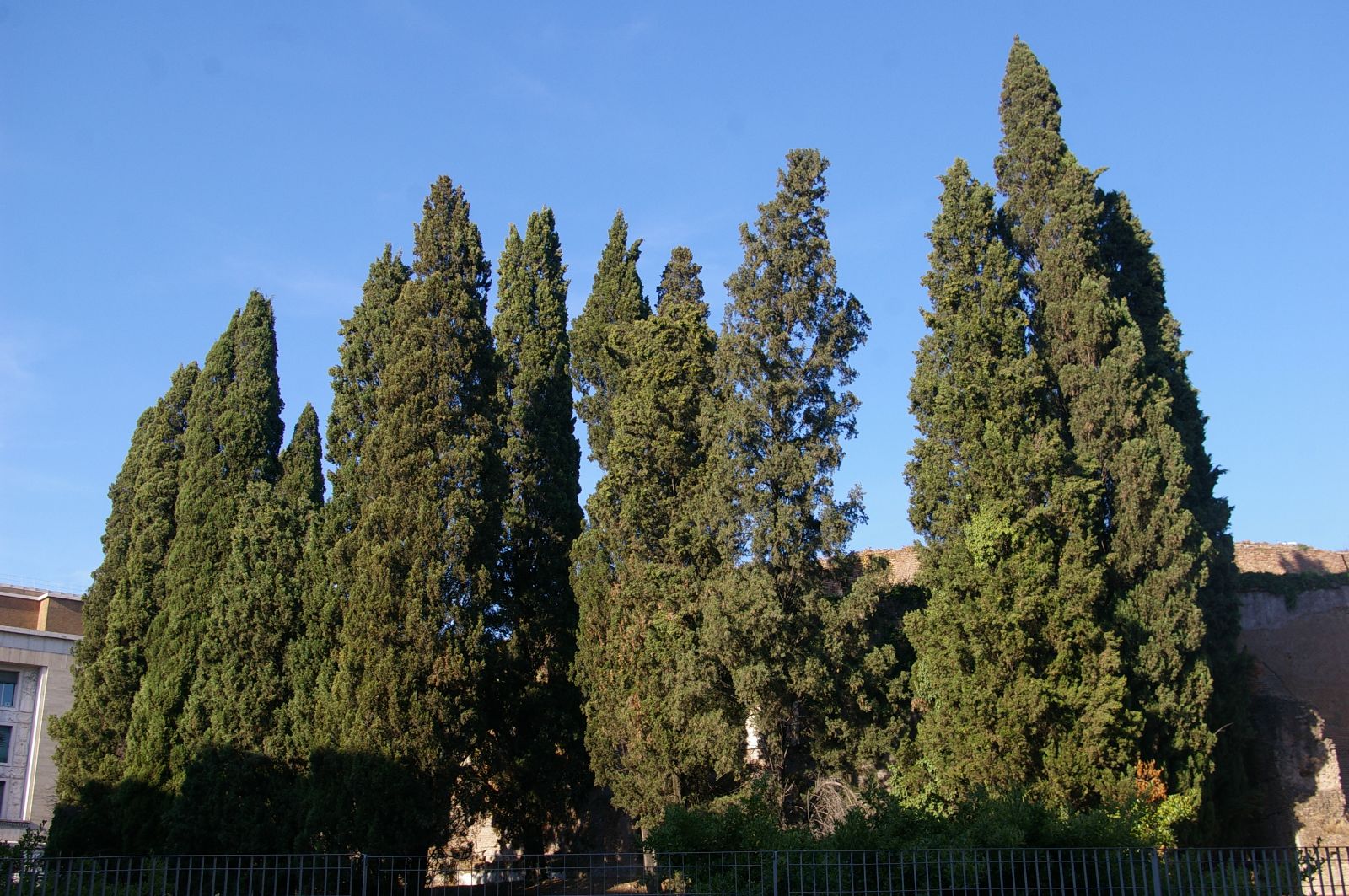Cupressus sempervirens
Credits
Article from Bean's Trees and Shrubs Hardy in the British Isles
Recommended citation
'Cupressus sempervirens' from the website Trees and Shrubs Online (treesandshrubsonline.
Genus
Common Names
- Italian Cypress
Infraspecifics
Other taxa in genus
- Cupressus arizonica
- Cupressus austrotibetica
- Cupressus bakeri
- Cupressus cashmeriana
- Cupressus chengiana
- Cupressus corneyana
- Cupressus duclouxiana
- Cupressus dupreziana
- Cupressus forbesii
- Cupressus funebris
- Cupressus gigantea
- Cupressus goveniana
- Cupressus himalaica
- Cupressus lusitanica
- Cupressus macnabiana
- Cupressus macrocarpa
- Cupressus sargentii
- Cupressus torulosa
A tree 80 to 150 ft high and 4 to 10 ft in girth of trunk in the Mediterranean region, its branching either horizontal or fastigiate, the bark thin; final subdivision of branchlets terete or squarish, 1⁄30 to 1⁄20 in. wide. Leaves scale-like, dark green, arranged in four rows, closely pressed to the twig or axis, overlapping each other at their bases, the exposed part diamond-shaped, blunt at the apex. Cones globose to oblong, 3⁄4 to 11⁄4 in. long; scales eight to fourteen, usually rising to a point in the middle, but sometimes flat or slightly hollowed, with a thin boss in the centre. Seeds not warted.
From the Supplement (Vol. V)
specimens: Blackmoor, Hants, pl. 1869, 72 × 31⁄2 ft (1982); Nymans, Sussex, 72 × 31⁄2 ft (1977); Blenheim Palace, Oxon., 68 × 8 ft (1978); Killerton, Devon, 70 × 61⁄2 ft (1980); Holker, Cumb., 58 × 41⁄4 ft (1983); Singleton Abbey, W. Glam., 69 × 53⁄4 ft and 75 × 71⁄2 ft at 3 ft (1982); Monreith, Wigtowns., 1878 seed, 40 × 41⁄4 ft (1979); Headfort, Co. Meath, Eire, pl. 1918, 72 × 33⁄4 ft (1980).
All the above are of the typical, columnar form, and it is evident from their wide dispersal that the Italian cypress is much hardier than generally supposed.
Raised from seed, C. sempervirens is very variable, as is clear from plantings in the Aegean, where a single line planted for shelter or to mark a boundary may contain a diversity of forms, from narrowly conic to broad-crowned, with intermediates in which the habit is columnar but with short, horizontal branches. There is, incidentally, no doubt that the typical C. sempervirens of Linnaeus is the cultivated fastigiate form. He distinguished the wild form as C. sempervirens var. β, founded on Tournefort’s phrase-name ‘Cupressus ramos extra se spargens’.
† cv. ‘Swane’s Golden’. – With the habit of the Italian cypress, but the foliage golden yellow. Of seedling origin, raised in Australia.
† var. dupreziana (A. Camus) Silba C. dupreziana A. Camus – This interesting cypress, now much reduced in numbers, occurs in south-eastern Algeria on the Tassili n’Ajjer at about 6,000 ft. Even in comparatively recent times the Saharan region received a higher rainfall than now, and C. sempervirens could then have ranged far south of the Mediterranean. A dead but well-preserved cypress has in fact been reported from the Ahaggar (Hoggar) mountains, still farther south, on the Northern Tropic.
The Tassili cypress differs from typical C. sempervirens in the following characters: branchlets arranged in flattened sprays; glands of leaves excreting resin, at least on young cultivated trees; cones smaller, with flattened seeds. For climatic reasons it no longer reproduces itself in the wild, but bears fertile seed by which it has been introduced to cultivation.
Perhaps nearer to the Tassili cypress than to typical C. sempervirens is: var. atlantica (Gaussen) Silba, described, as a species, in 1950 from the Atlas mountains of Morocco. For the differences between them see Silba, op. cit. (1983), p. 354.
var. horizontalis (Mill.) Gord.
Synonyms
C. horizontalis Mill

